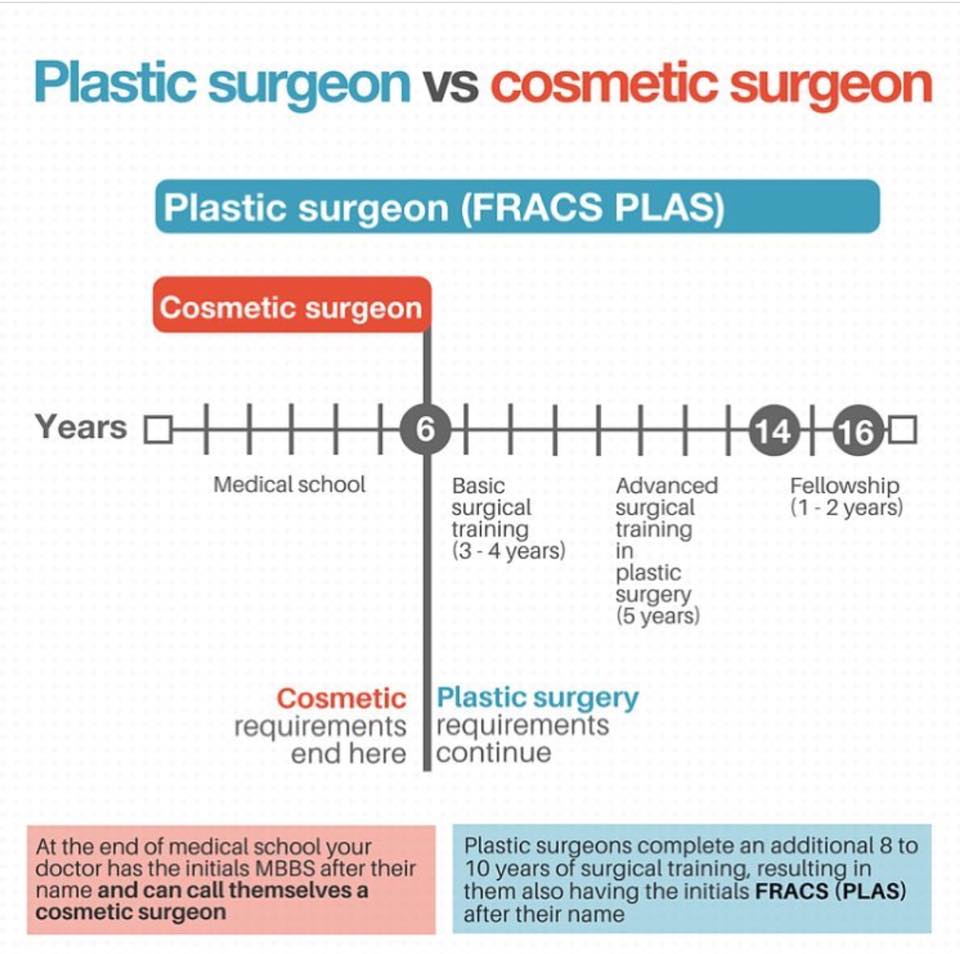Acne And Depression Signs To Watch For
Acne And Depression Signs To Watch For
Blog Article
Pros and Cons of Laser Resurfacing
In the hands of a skilled practitioner, laser resurfacing is a secure and efficient way to deal with scarring, wrinkles, sunlight damage, and various other imperfections. Pick an expert based on their experience, training and qualifications as opposed to just the price or brand name of laser system.
Nevertheless, it is necessary to recognize the benefits and drawbacks of this aesthetic treatment.
Price
Laser resurfacing can aid diminish the appearance of age spots and sun damage, leaving the skin with a more even texture. It can also be used to treat scars and enlarged oil glands on the nose.
The cost of laser resurfacing varies widely, depending on the type of treatment and the location. Patients should always ask for a detailed breakdown of the costs prior to accepting the treatment. On top of that, several insurance policy carriers do not cover the treatment, yet some might if it is considered clinically needed. Additionally, financing options are available through clinics and clinical bank card such as CareCredit. These alternatives can alleviate the concern of in advance expenses, but patients need to meticulously assess the payment terms prior to choosing a plan.
In general, laser resurfacing supplies far better outcomes than chemical peels and dermabrasion. Nevertheless, it can not replace a facelift or neck lift. On top of that, it is not a reliable therapy for loose skin, which requires surgery to tighten up.
Downtime
Although laser skin resurfacing can be a reliable treatment for wrinkles, acne scarring, and other skin imperfections, it needs considerable downtime. However, the recuperation procedure is normally short and relatively pain-free. The downtime is needed since the laser breaks apart skin cells and boosts brand-new growth. This results in smoother, tighter, and extra younger looking skin.
There are a number of laser resurfacing treatments readily available, and the very best one for your particular demands will certainly depend upon the type of skin trouble you wish to address. A professional skin care professional will certainly have the ability to identify the sort of laser that would certainly work best for you.
If you pick a nonablative laser, you can anticipate little or no downtime. You may experience soreness and swelling for a couple of days, but this can be decreased by applying moisturizing lotion liberally and taking ibuprofen as required. It is also vital to prevent unprotected sunlight exposure adhering to a laser therapy.
Side effects
The success of laser resurfacing relies on a number of factors, consisting of a knowledgeable and educated person, a proficient physician and an ideal postoperative healing regimen. Serious issues can happen.
Typical light adverse effects of laser skin resurfacing are redness, itching and crusting. You might also experience light bruising and abrasions. If you have herpes simplex infection (HSV) and obtain a cold sore episode in the treatment location, your physician may advise antiviral medicine prior to and after your therapy session.
Akhavan likens the recovery process to that of a paper cut, stating that it takes about a week for the injury to close up and for the cells to start creating brand-new cells. He advises his individuals to avoid rough cleansers during healing and instead utilize a gentle, fragrance-free cleanser or delicate skin formula. He likewise warns them to use sunscreen and decrease sun direct exposure. He recommends that clients obtain their treatments on a timetable to ensure that they're not interrupted by a holiday or other occasion.
Security
Laser resurfacing is a really risk-free procedure in the hands of an experienced and well-informed copyright. However, in the hands of an unskilled person or a specialist making use of a crappy laser platform, it can be excruciating and dangerous.
Throughout laser therapy, the care how long does botox last team cleans the area and applies a numbing lotion. Then, the laser releases short, high-intensity beams that destroy damaged external layers of skin. The laser also heats up underlying skin, boosting collagen growth to improve structure and suppleness.
The procedure can minimize great lines, age spots and unequal complexion in most people. It can not treat deep marks and drooping skin, however.
The most usual side effects of laser resurfacing include inflammation and swelling (erythema). Various other potential problems consist of hypopigmentation, skin eruptions and dermatitis, and herpes simplex or genital herpes break outs. Safety measures for herpes simplex consist of antiviral medication, such as valacyclovir or acyclovir, starting two days prior to therapy and continuing until seven to 10 days after therapy.